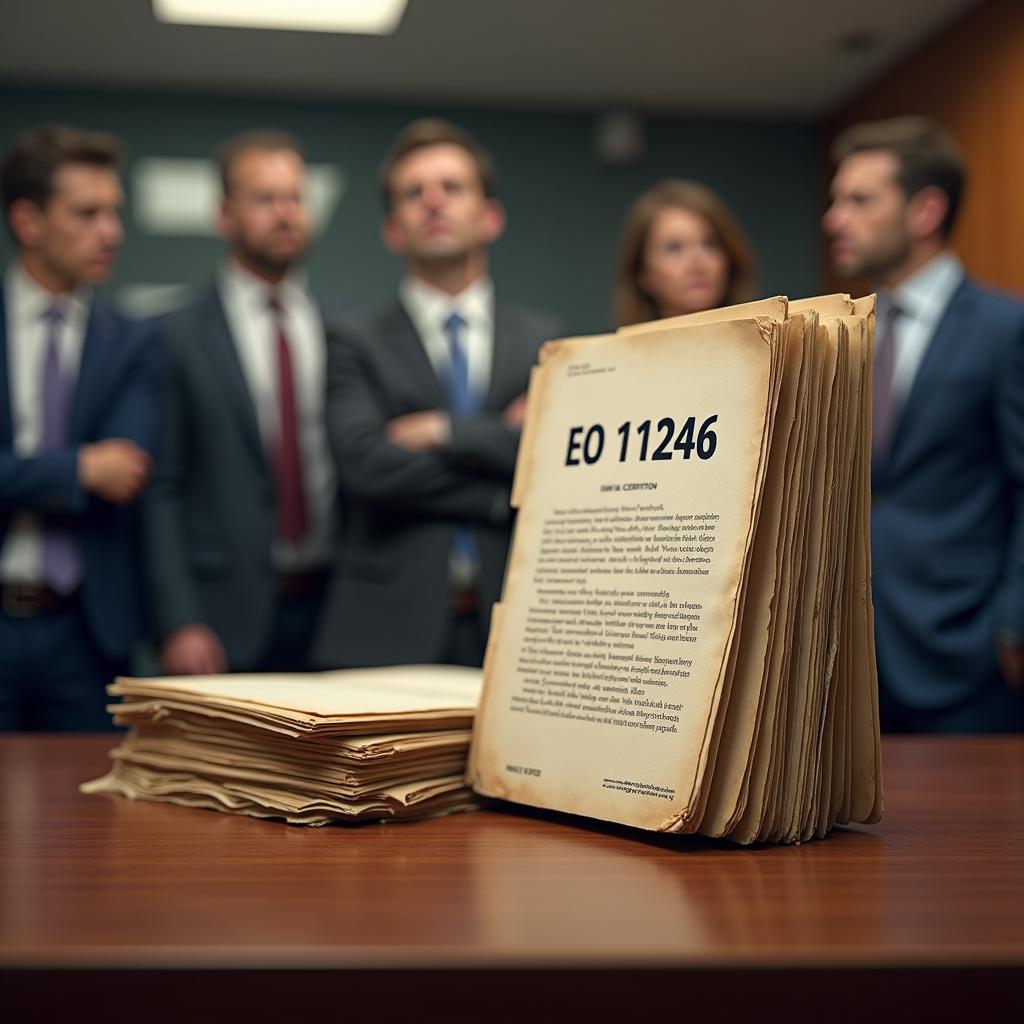
In a surprising move, President Donald Trump has scrapped a decades-old rule that stopped federal contractors from discriminating in hiring, firing, promotions, or pay. The order, originally signed by President Lyndon Johnson in 1965, had been a cornerstone of workplace fairness for nearly 60 years. Now, it’s being replaced with a new rule requiring employers to certify they don’t have “illegal” diversity, equity, and inclusion (DEI) programs.
This change has raised eyebrows, especially since the old order applied to businesses employing about a quarter of U.S. workers. It allowed the government to investigate contractors’ hiring practices and often uncovered discrimination that even employees didn’t know about. Critics worry that without this safeguard, employers might feel less pressure to promote diversity or fairness in the workplace.
Trump’s new order also directs federal agencies to identify up to nine targets for investigations into DEI practices, including private companies and nonprofits. While the president claims this ensures “merit-based” hiring, opponents argue it could discourage companies from reaching out to underrepresented groups like women and minorities.
The original order, known as EO 11246, didn’t allow quotas or preferences—it simply required contractors to report their hiring practices annually. If discrimination was found, employers had to compensate affected workers. About a quarter of those who received compensation were white men, according to a former Labor Department official.
Despite the change, employers still have to follow Title VII of the Civil Rights Act, which bans workplace discrimination. However, without EO 11246, it’ll be harder to catch and address unfair practices. As one expert put it, “You have to know about discrimination to file a complaint about it.”
The move has left many businesses uncertain. Some fear they’ll be penalized for promoting diversity, while others worry about the broader impact on workplace fairness. As one attorney noted, “There’s no black-and-white answer on what’s allowed now.”
For now, the future of workplace diversity efforts hangs in the balance, leaving both employers and employees wondering what comes next.
